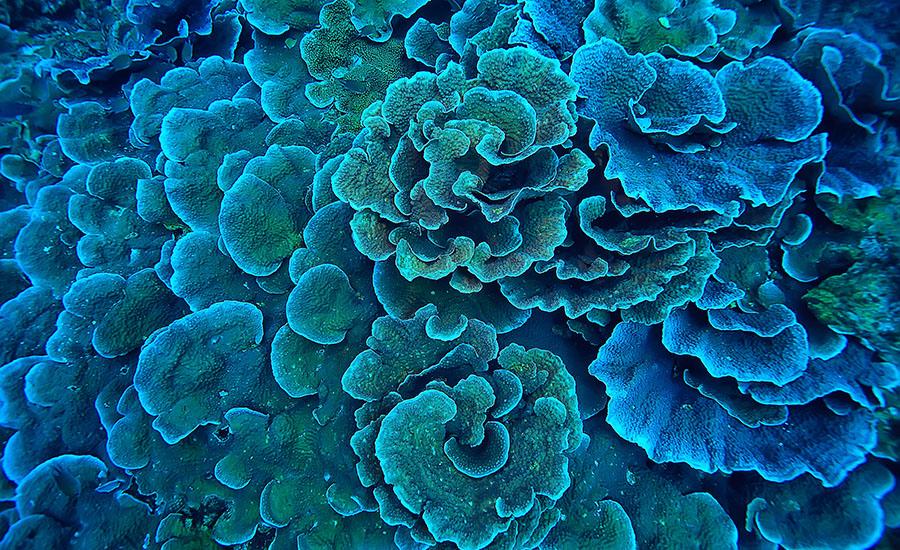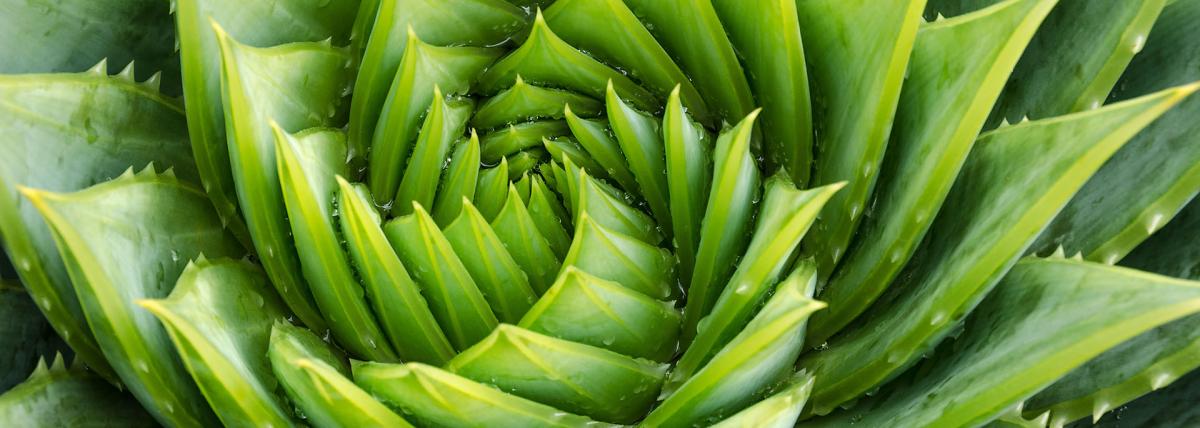
Grades:
4th Grade, 5th Grade, 6th Grade
Summary: Students will design and create a model of a flowering plant that correctly displays its external structure. Materials: Straws, toothpicks, felt, paper, string, wooden skewers, modeling clay



